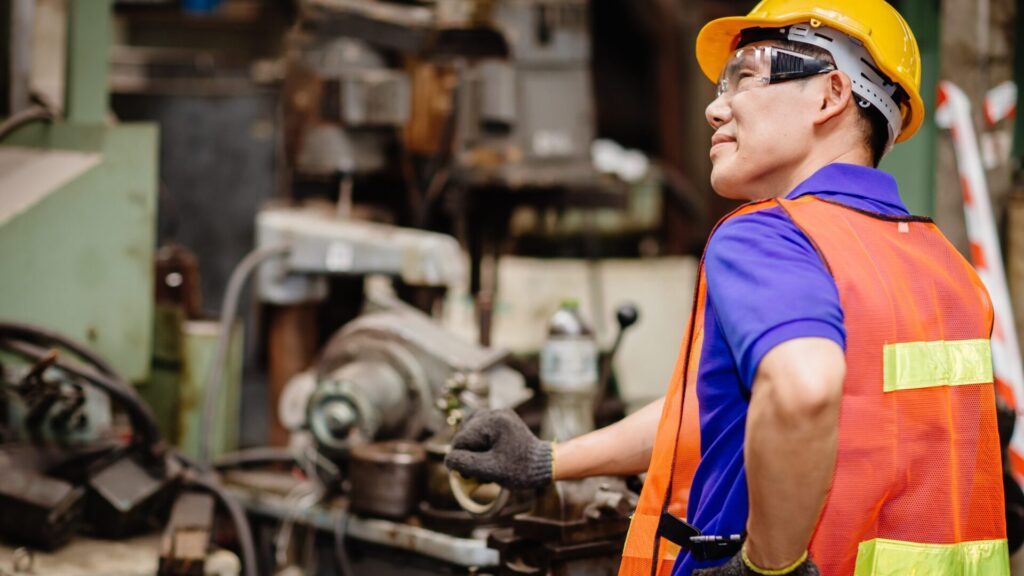Back to Basics: How Ergonomics Solves Musculoskeletal Disorders in the Workplace
Posted on March 14, 2023 | in Ergonomics

What are Musculoskeletal Disorders?
Musculoskeletal disorders (MSDs) are injuries and disorders that affect the muscles, tendons, nerves, and ligaments. A common cause of MSDs is being exposed to risk factors for extended periods of time at work. Individuals working in poo rly designed jobs in almost any industry can be exposed to MSD risk factors when performing activities such as:
- Exerting excessive forces – Pushing/pulling heavy loads, lifting heavy items without assistance
- Awkward postures – Twisting back, kneeling, squatting, reaching overhead, bending/twisting wrists, back, and/or neck
- Repetitive tasks – Repeating the same motions/tasks for an extended period
- Vibration – Either segmental or whole-body, resulting from using power tools/equipment or coming into contact with a vibrating surface (e.g., riding in a forklift)
What’s the harm in MSD risk?
Exposing employees to these risk factors can increase the risk of injury in the workplace, and therefore increase the likelihood of employees taking time off work. MSDs can result in pain, loss of strength and reduced range of motion, ultimately costing employers billions of dollars in direct costs and additional indirect costs. It’s important to be able to recognize MSD signs and symptoms, and to address the discomfort before it turns into pain and injury.
How do I prevent MSDs in the workplace?
Work-related MSDs can be prevented by using the principles of ergonomics to help reduce discomfort, pain and injuries, while also increasing efficiency and productivity. Ergonomics is designing the workplace to fit the person, which allows for a safer and comfortable environment for the worker.
To reduce the chances of a work-related injury and limit exposure to risk factors, ergonomics assessments can be completed. Once the root cause of a risk factor is determined, appropriate ergonomics solutions can be implemented through the following ways:
- Engineering controls are the most effective. Examples can include reducing the weight of a load, installing lift assists, redesigning tools or equipment.
- Administrative controls may be needed, if engineering controls are not feasible, such as job rotation to minimize continuous, repetitive motions and awkward postures, and establishing work practices that treat heavy loads as a two-person job.
- Personal Protective Equipment (PPE) is the least effect ergonomic solution, as it doesn’t impact the root cause of an MSD risk but aims to protect employees from having to work around the risk. PPE can include face and eye protection, hearing protection and protective clothing.
To keep employees safe from MSD risks, you need to identify the MSD risk factors that employees are exposed to in their work, find the right ergonomics solutions and implement changes in the workplace that could reduce the physical demand on employees.
If you’re ready to address MSD risks in your workplace, check out our Industrial Ergonomics solution and request a demo today.